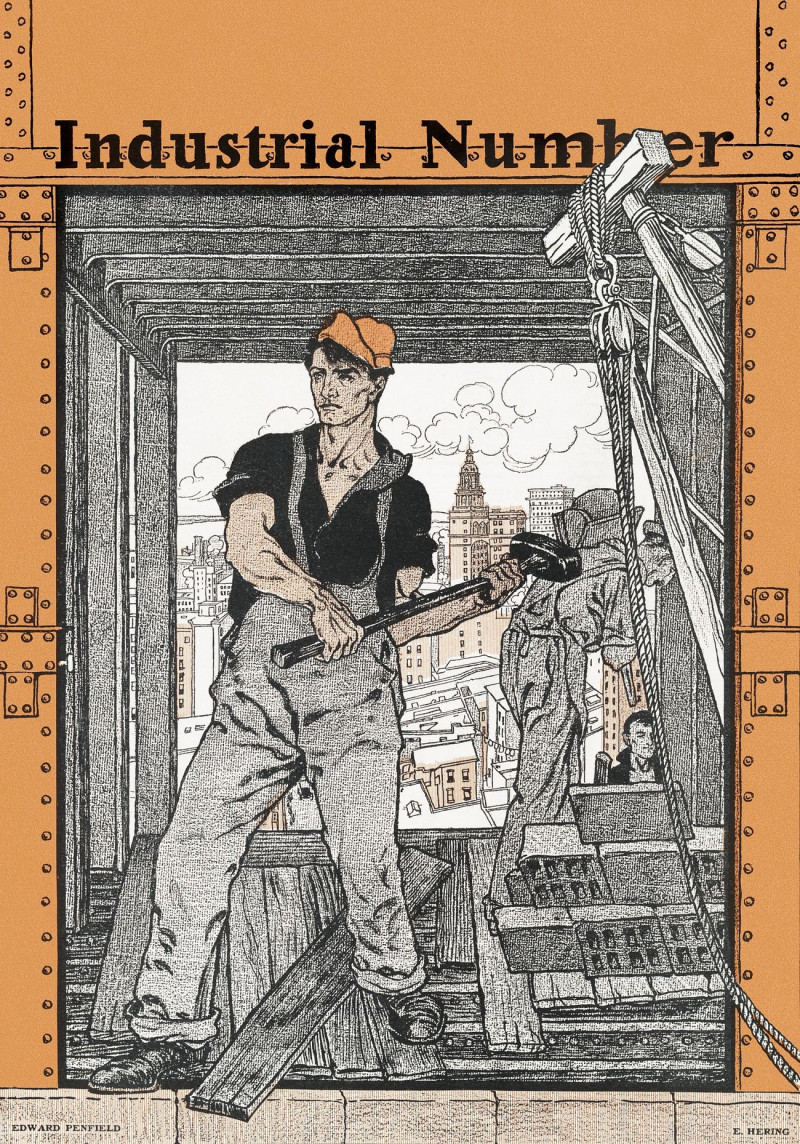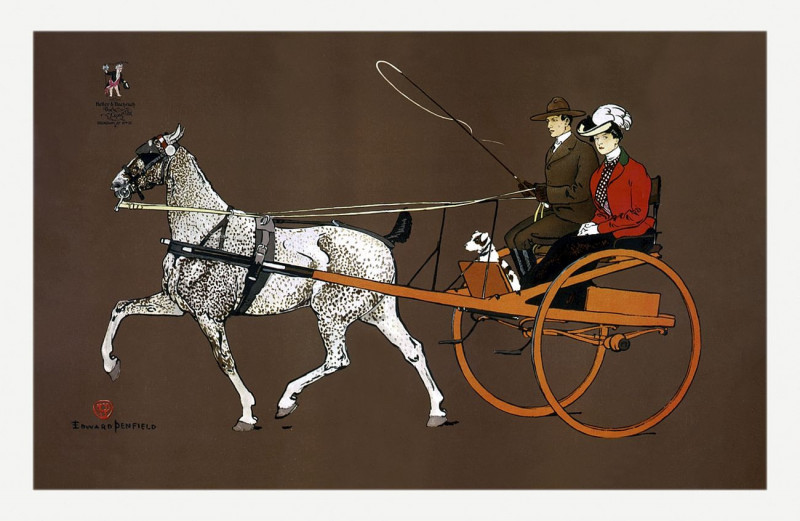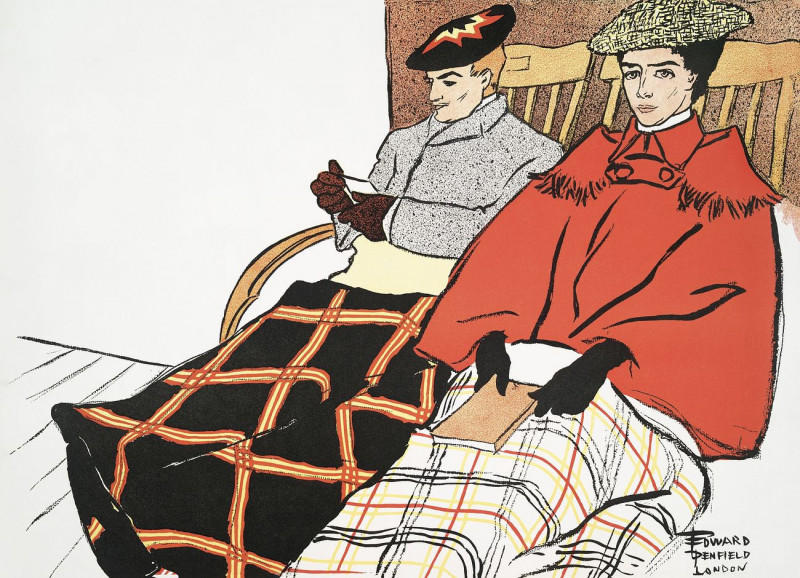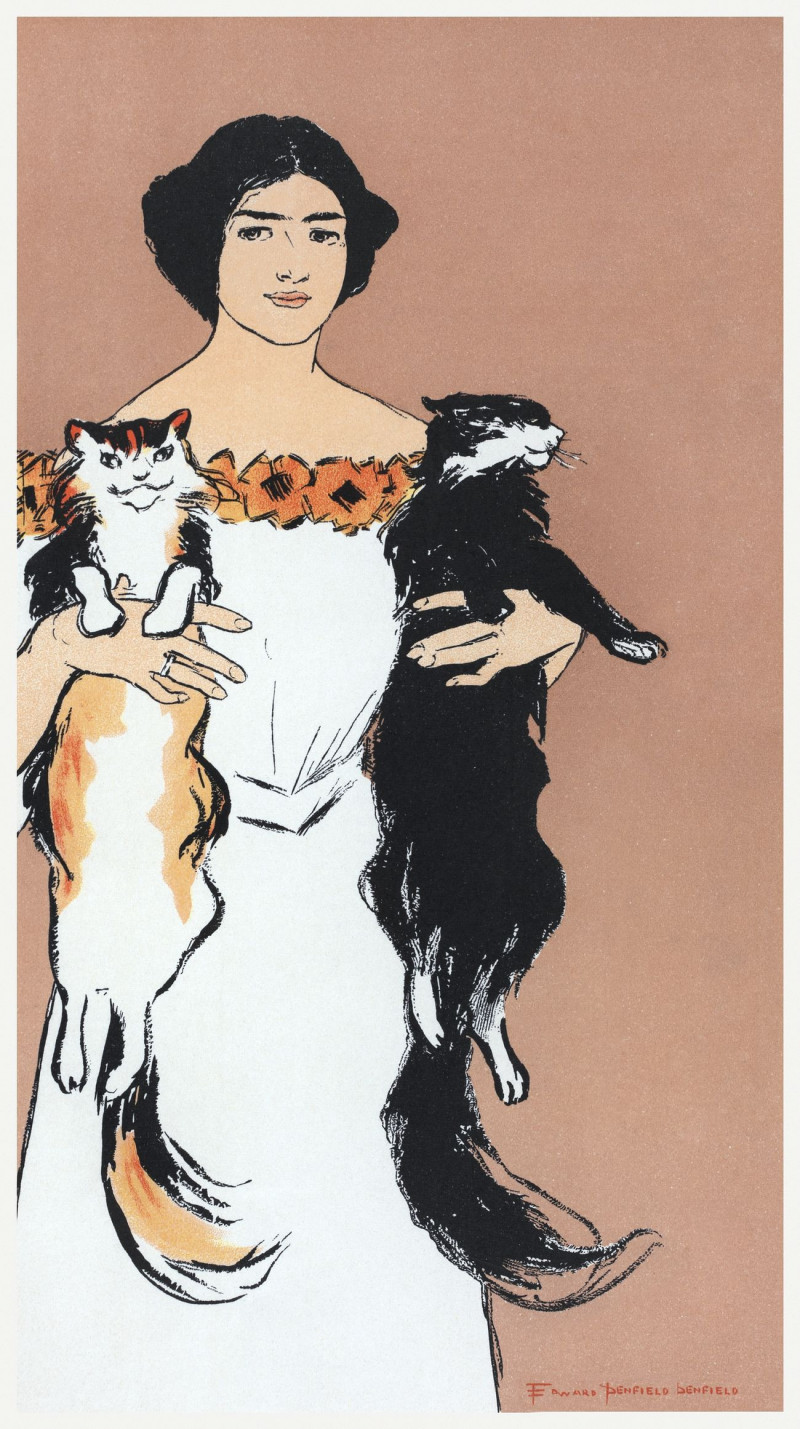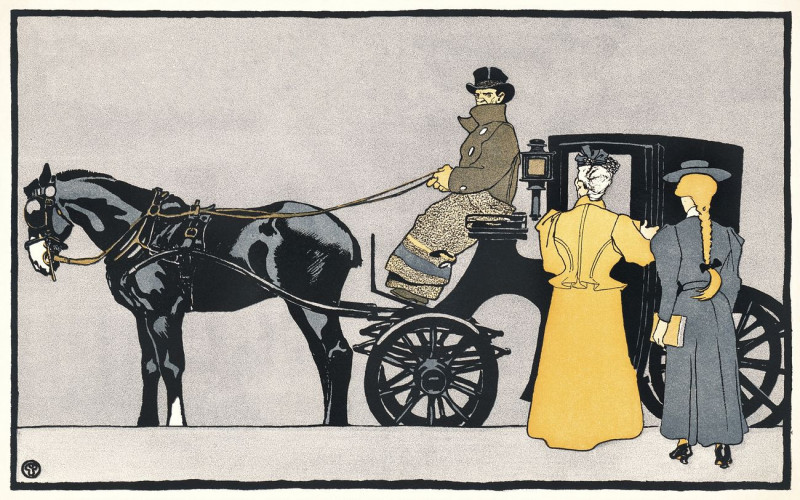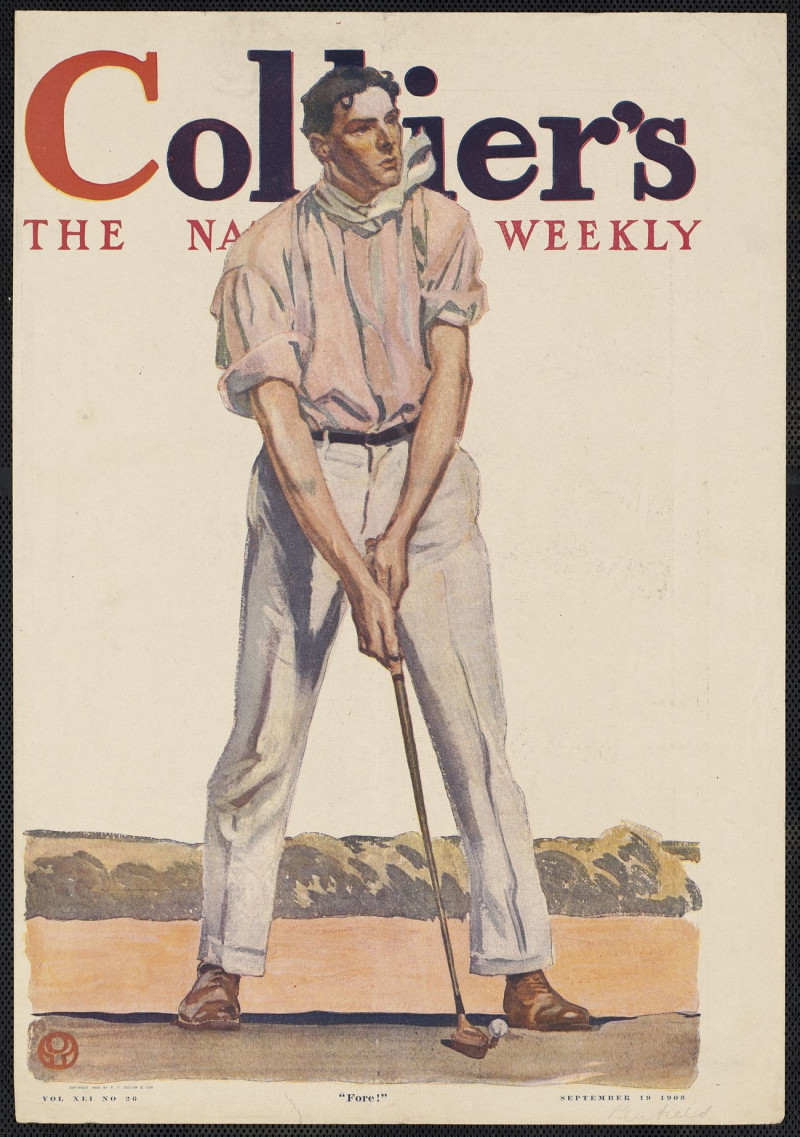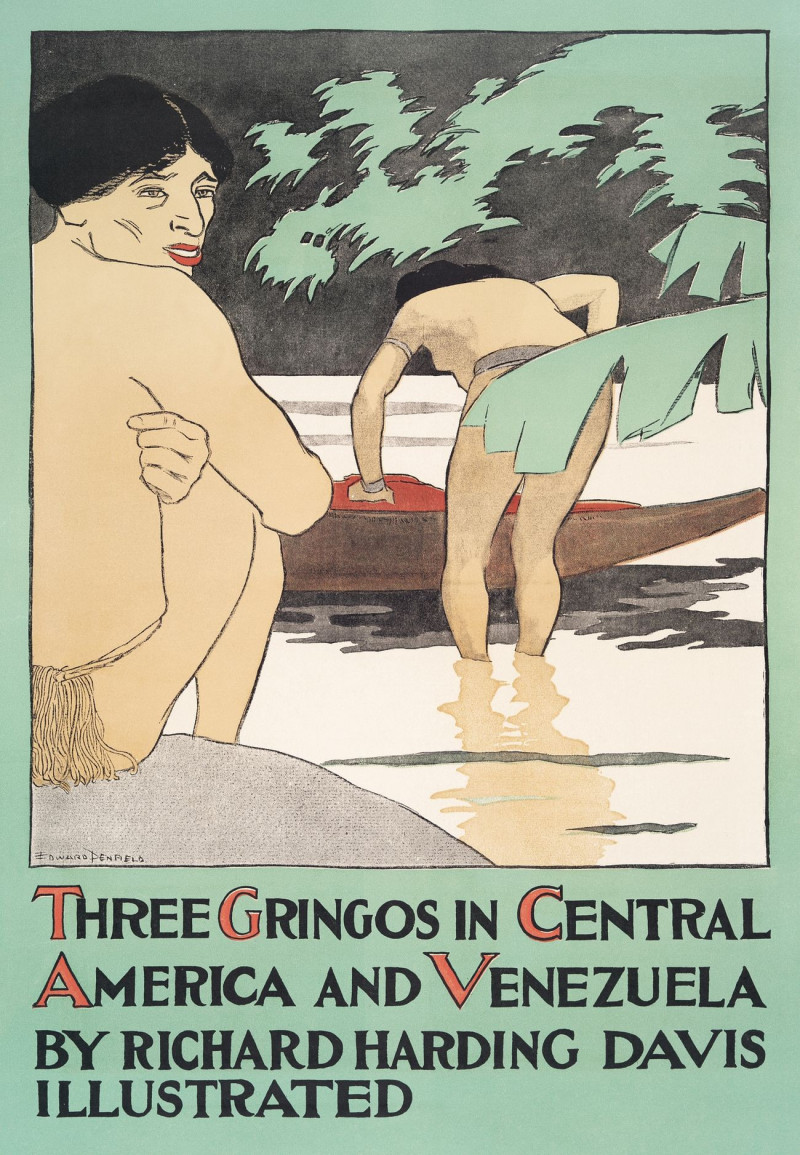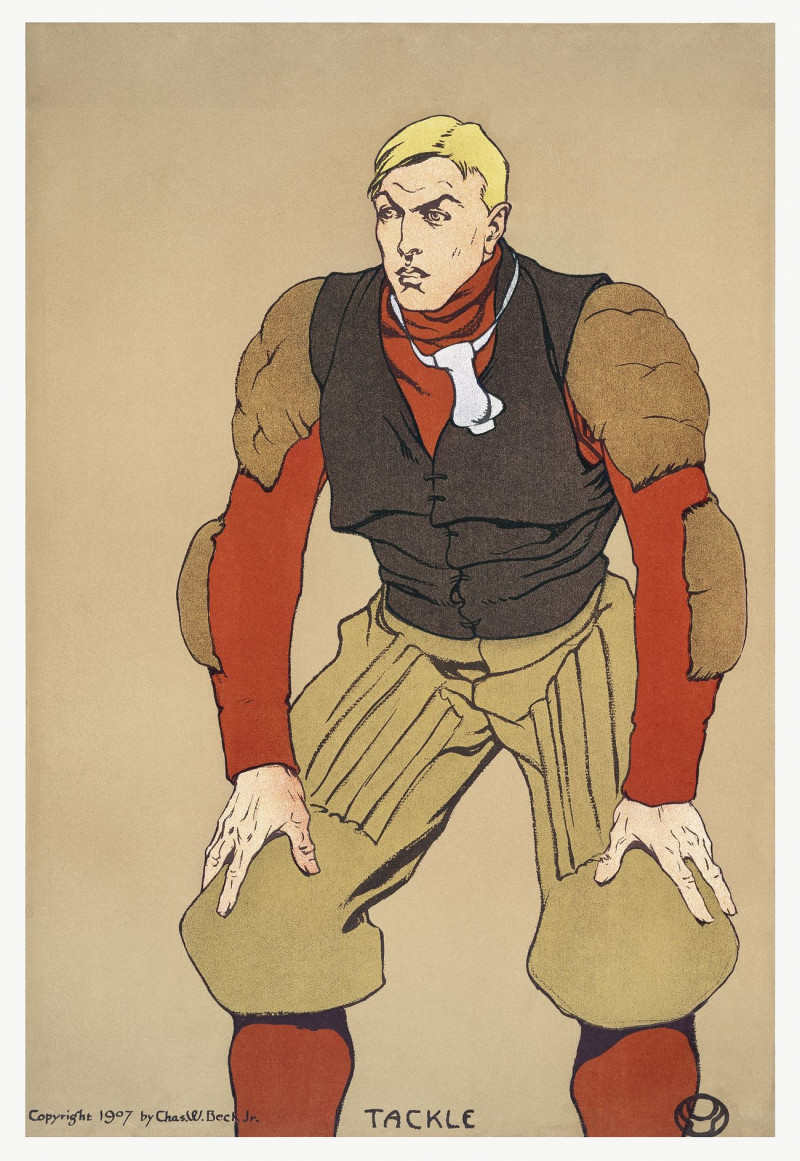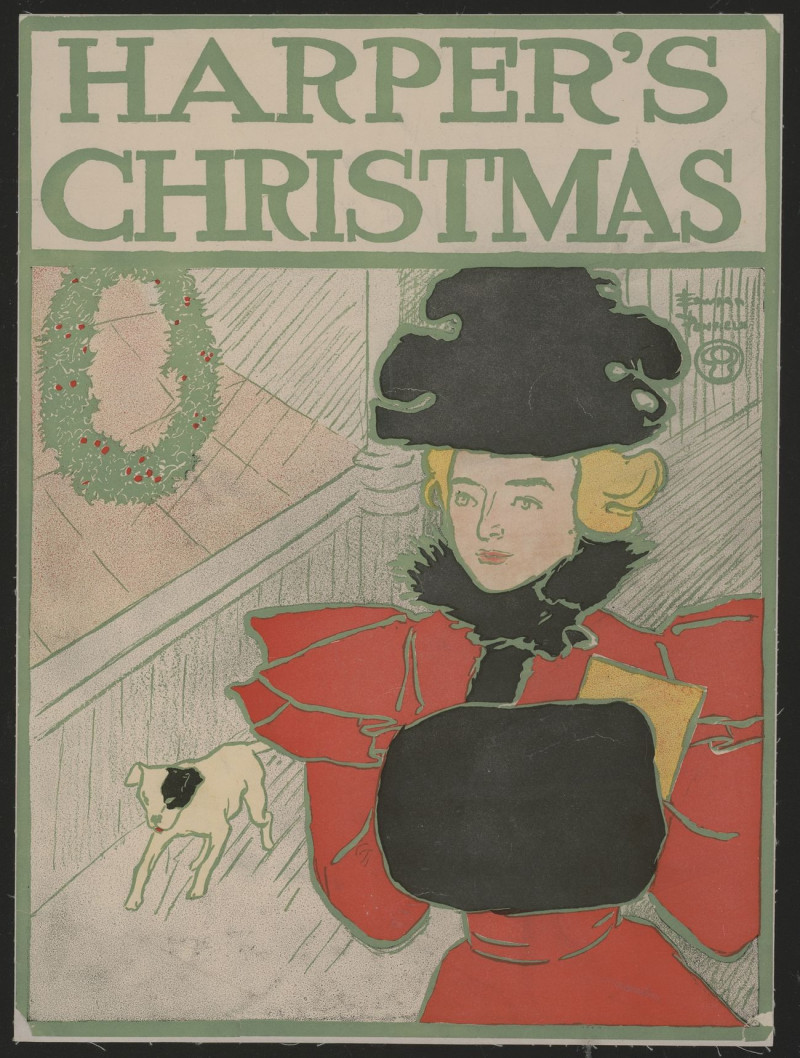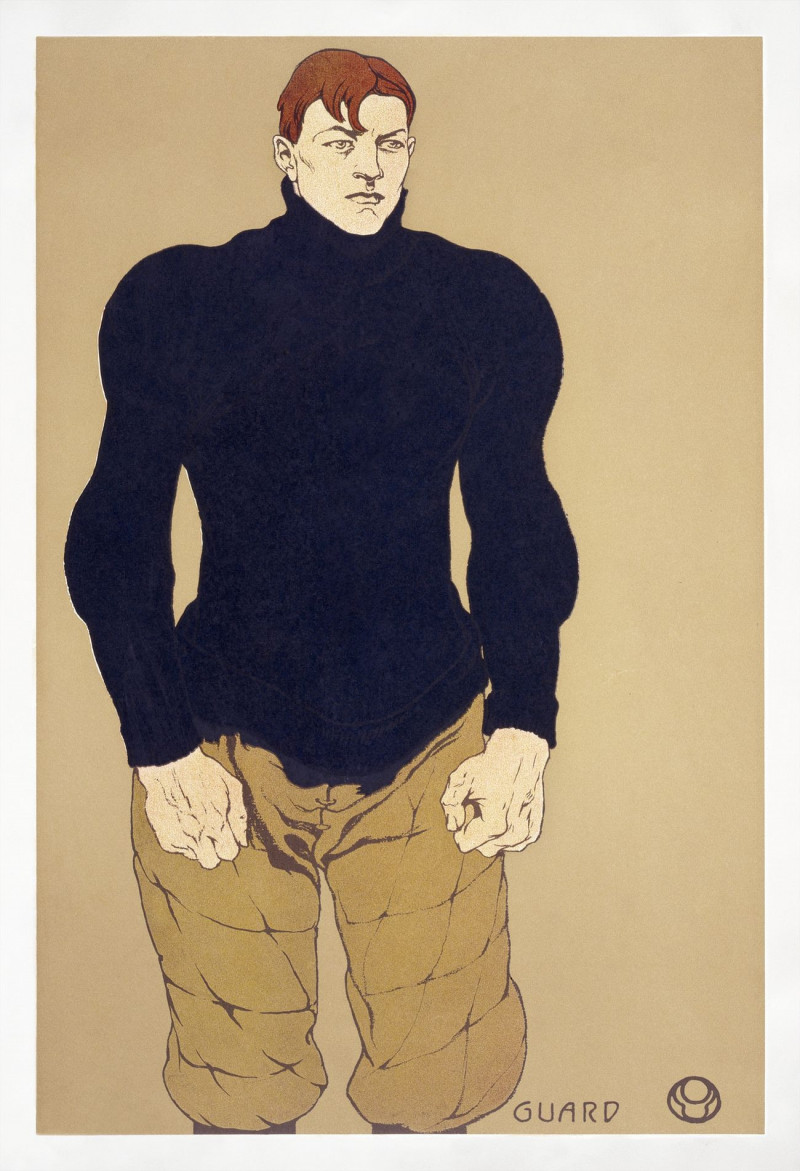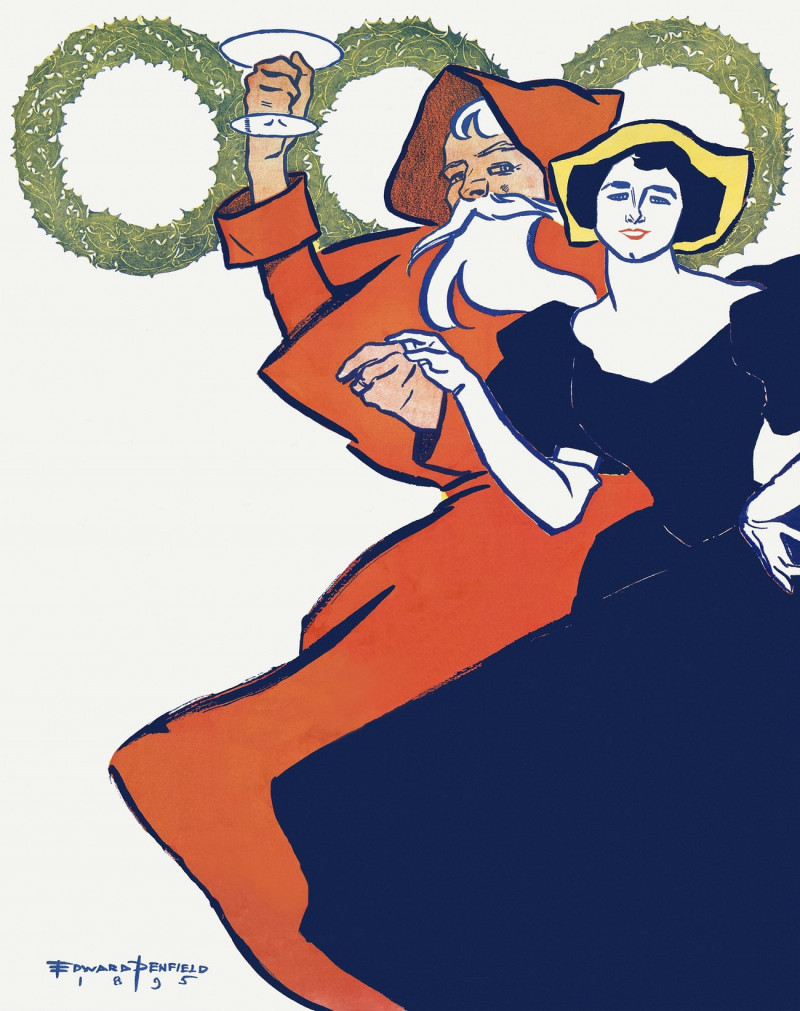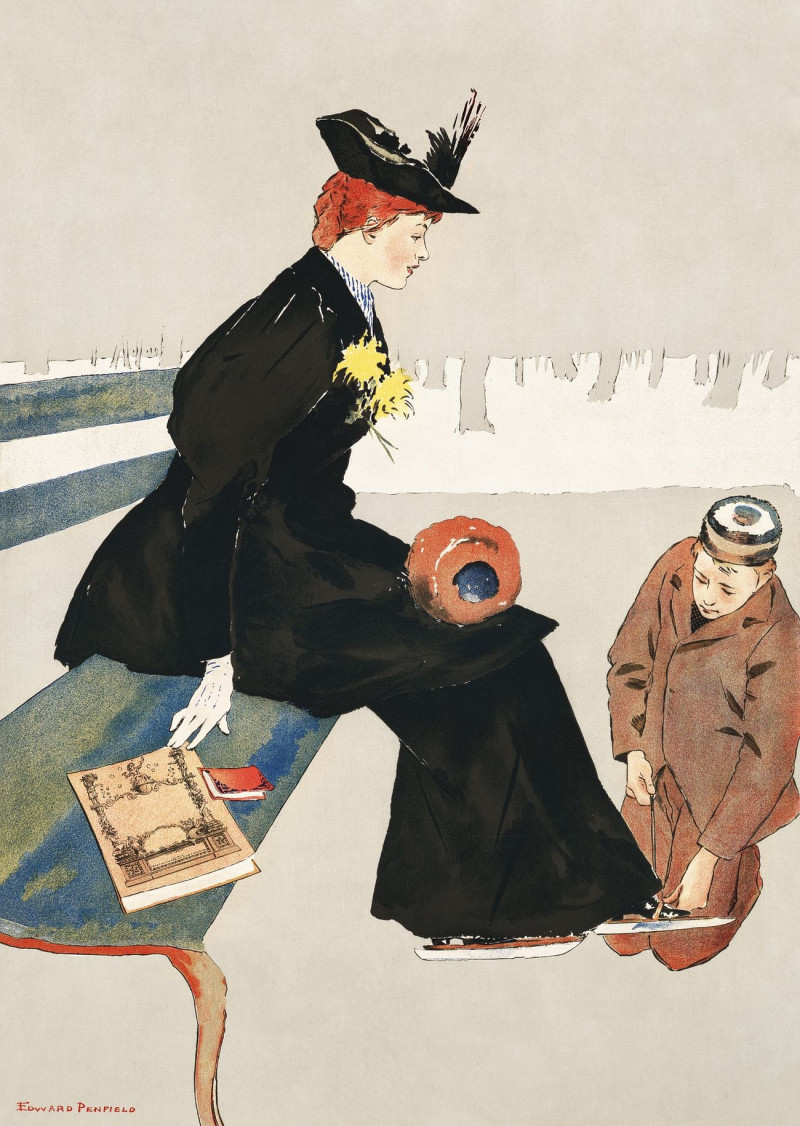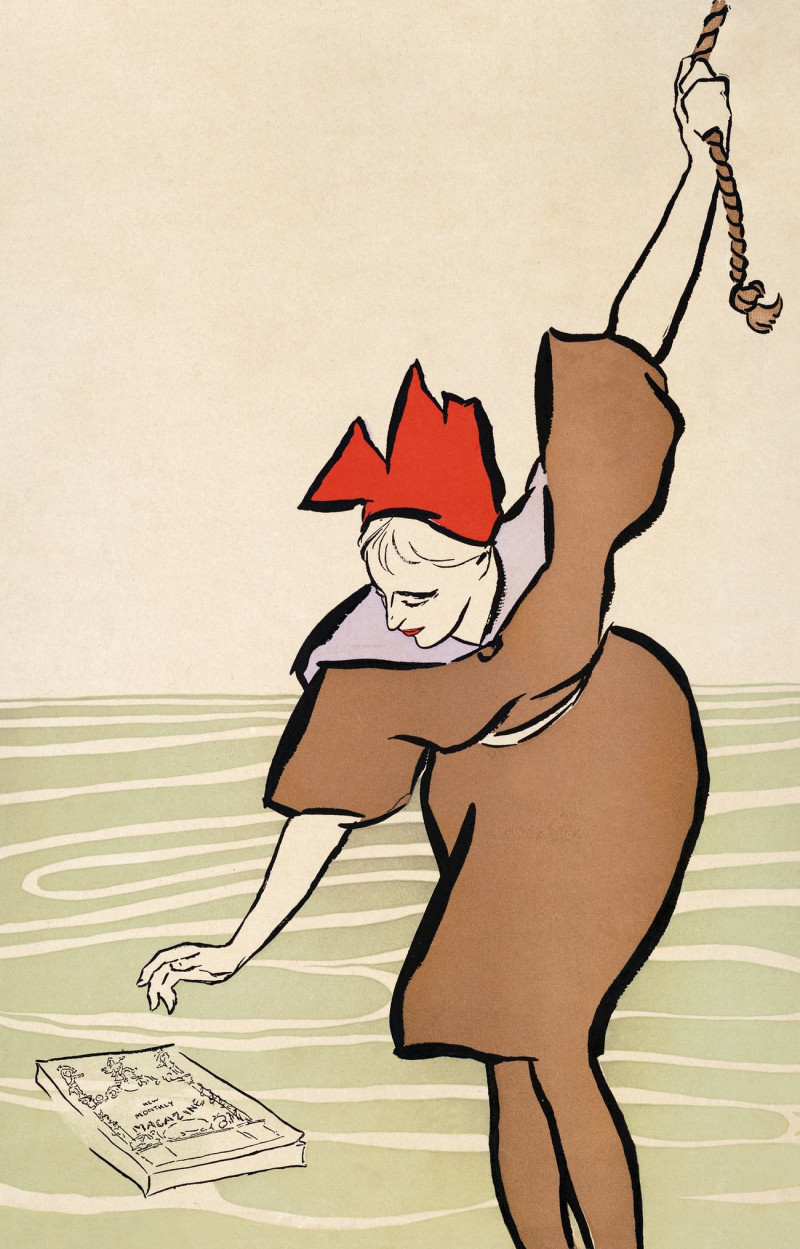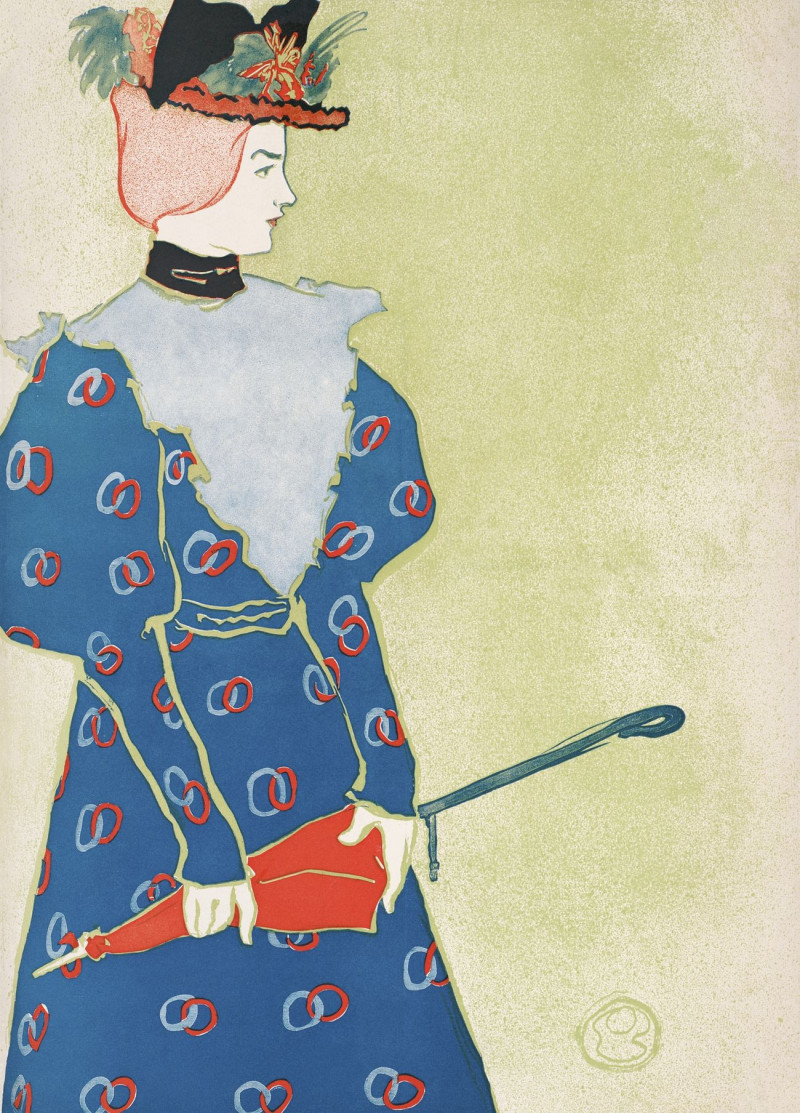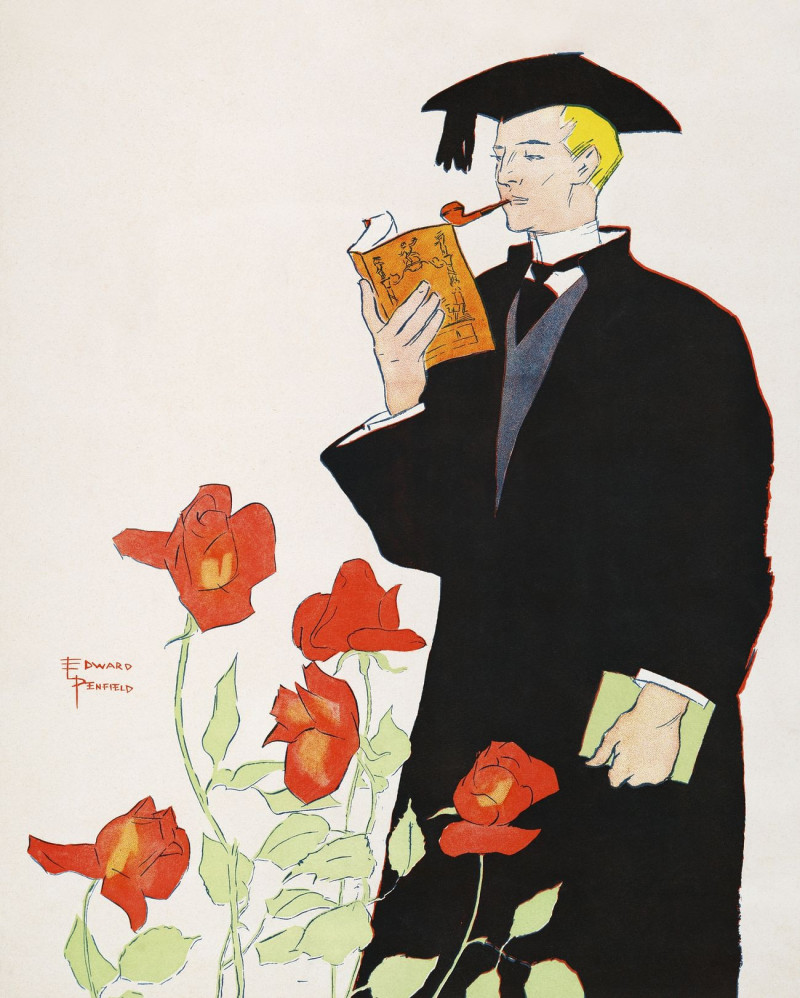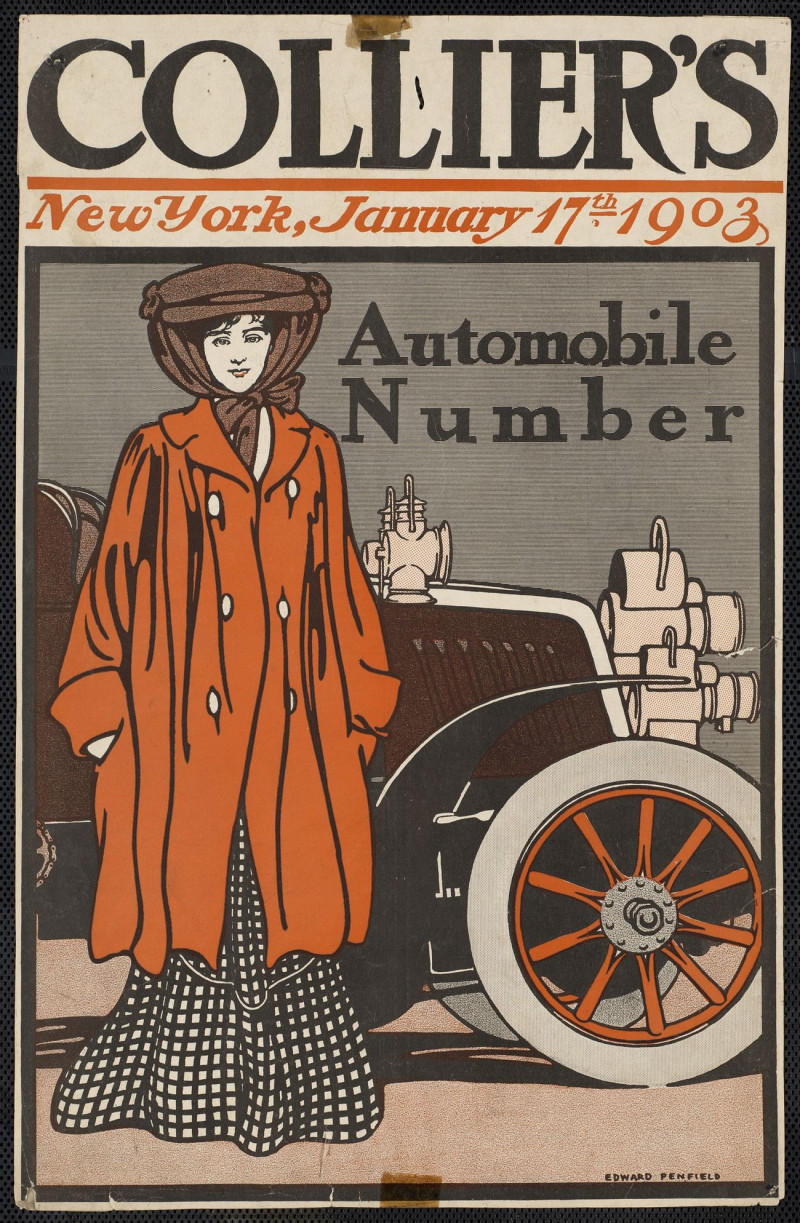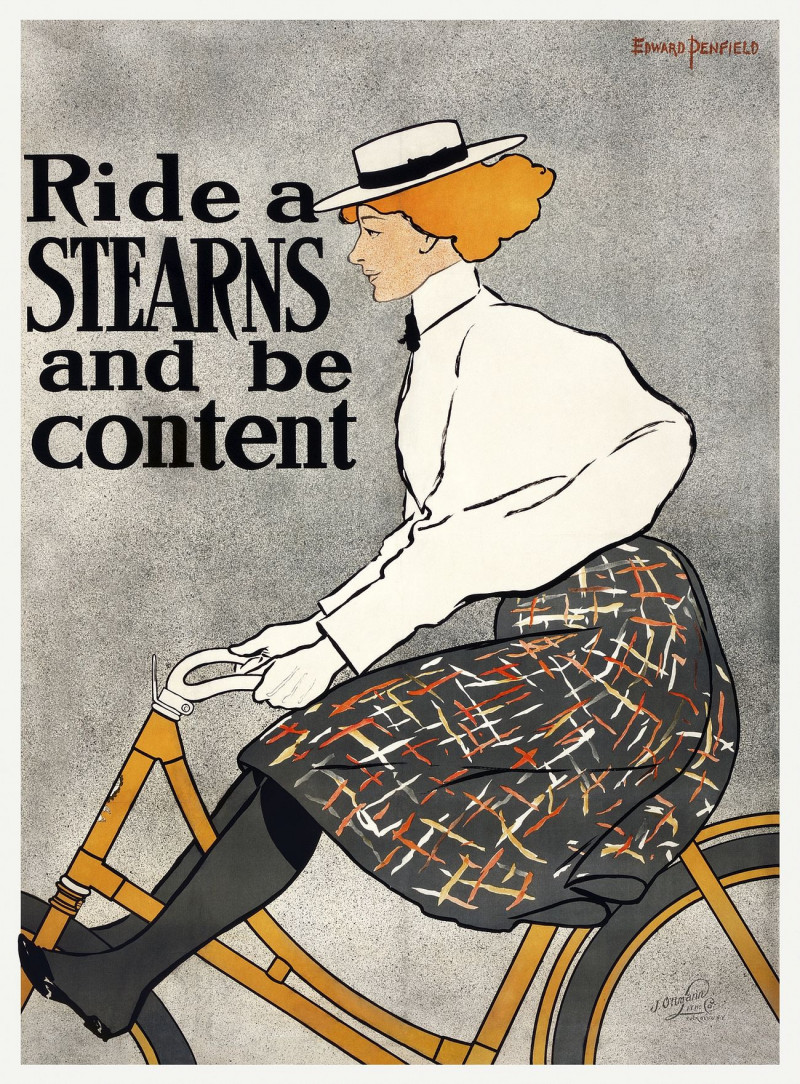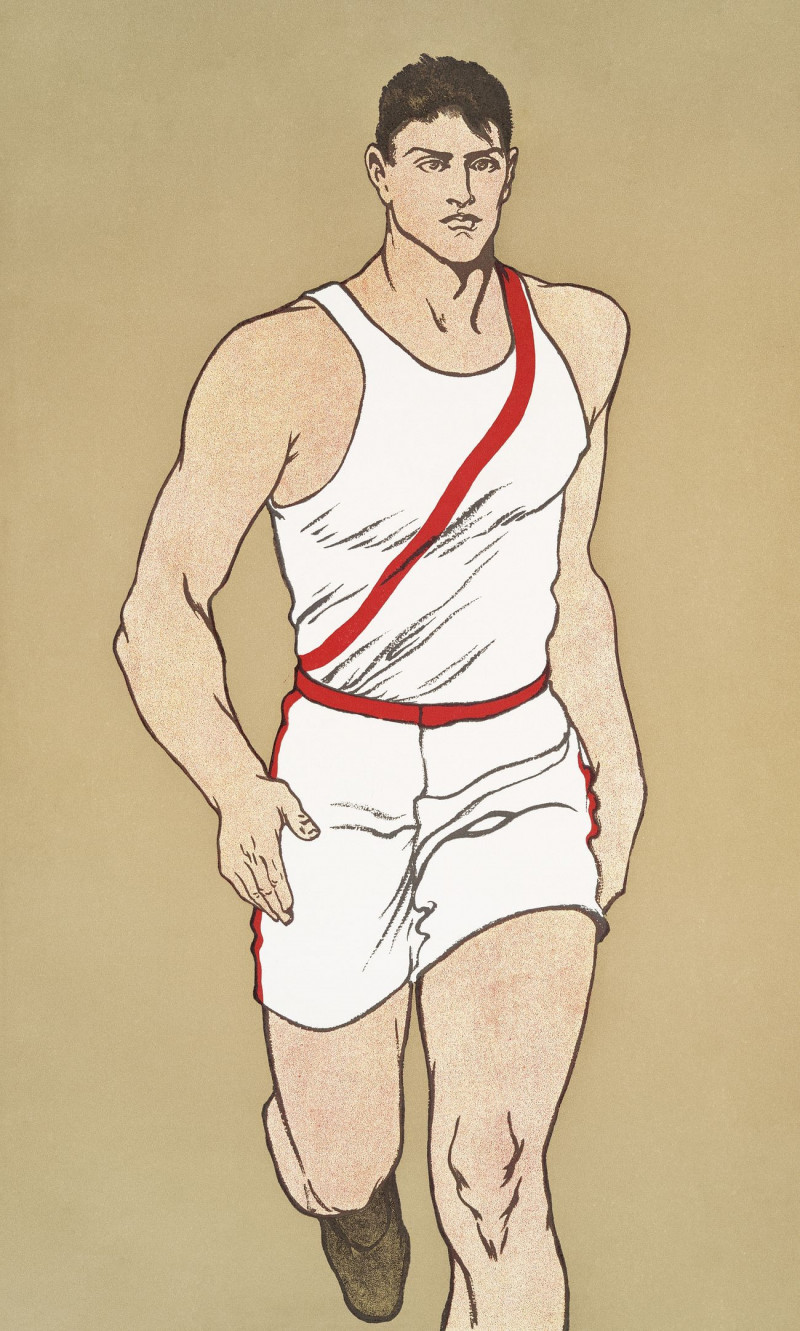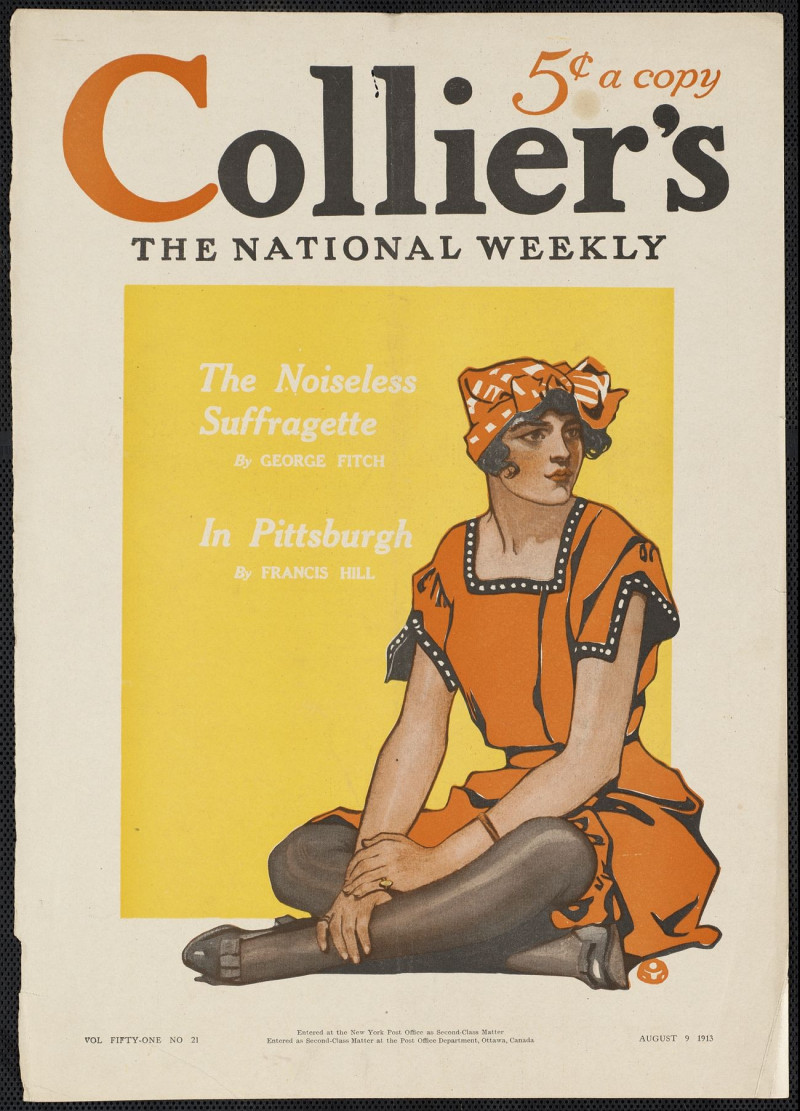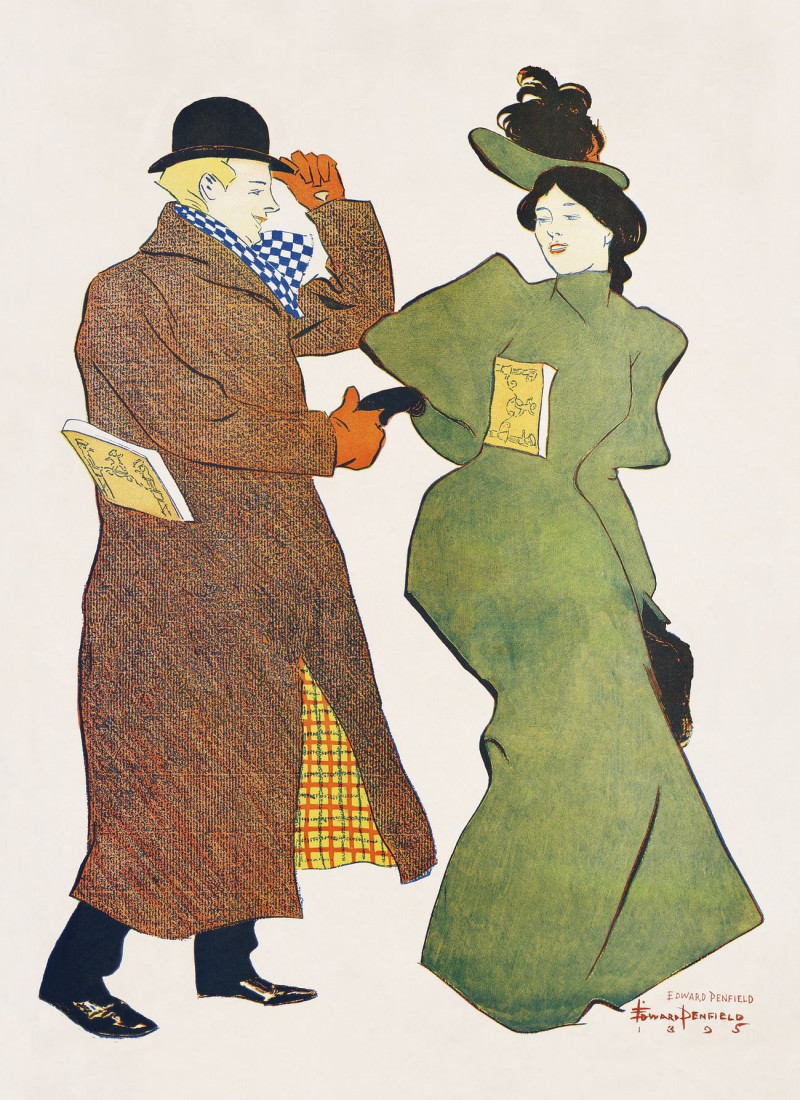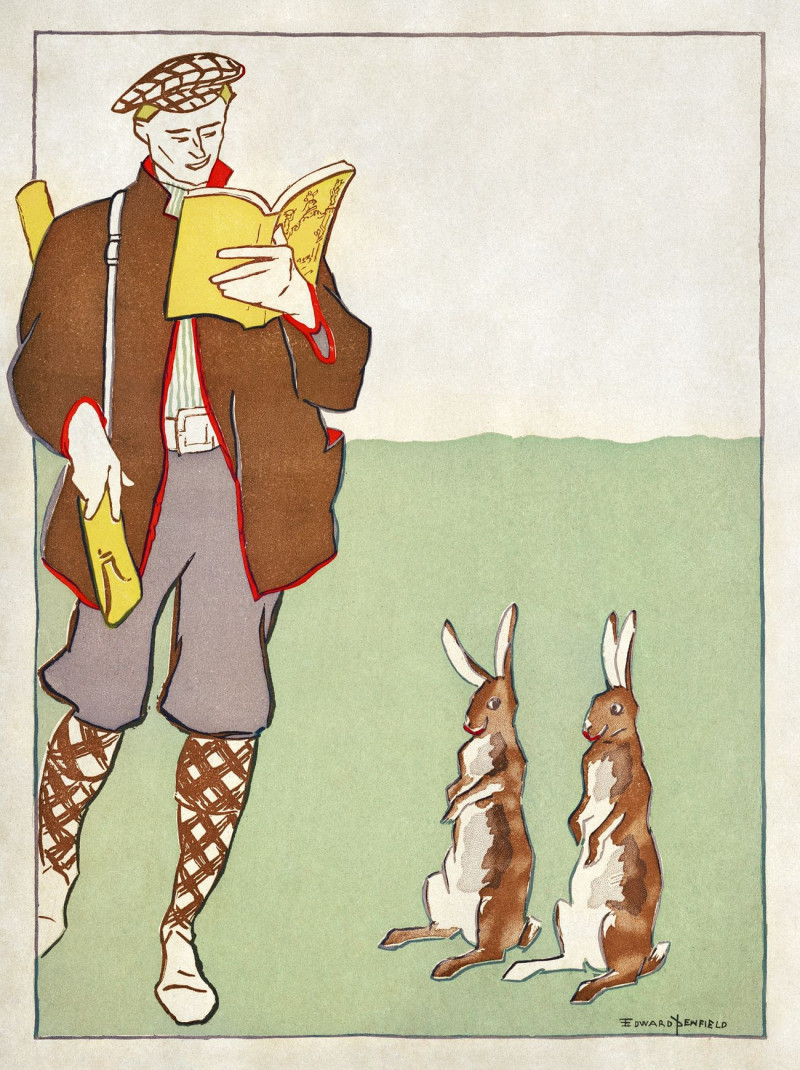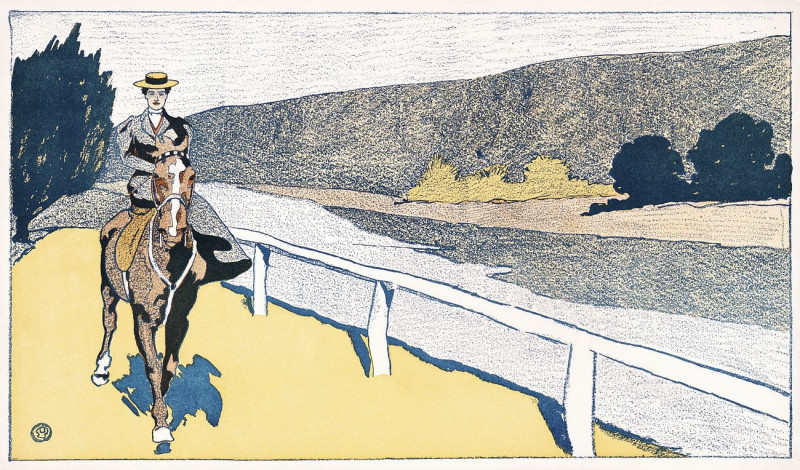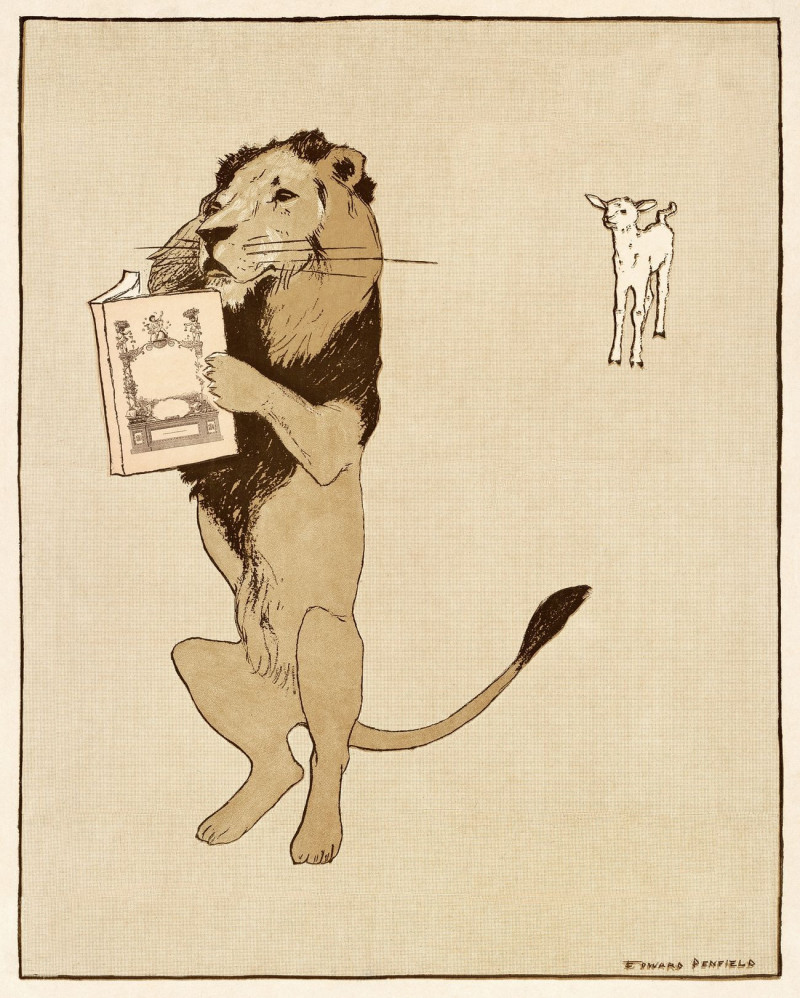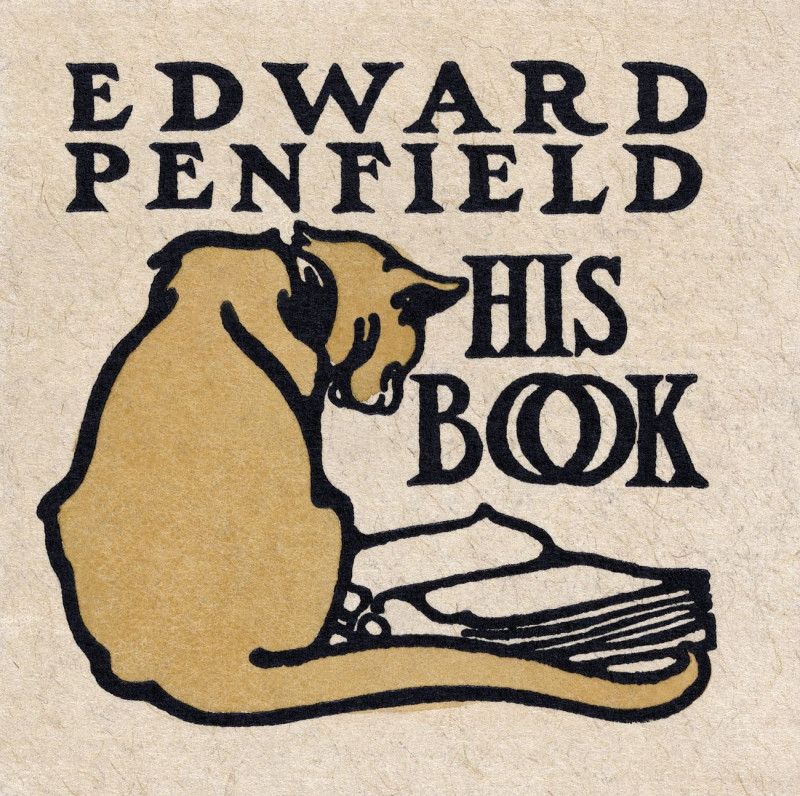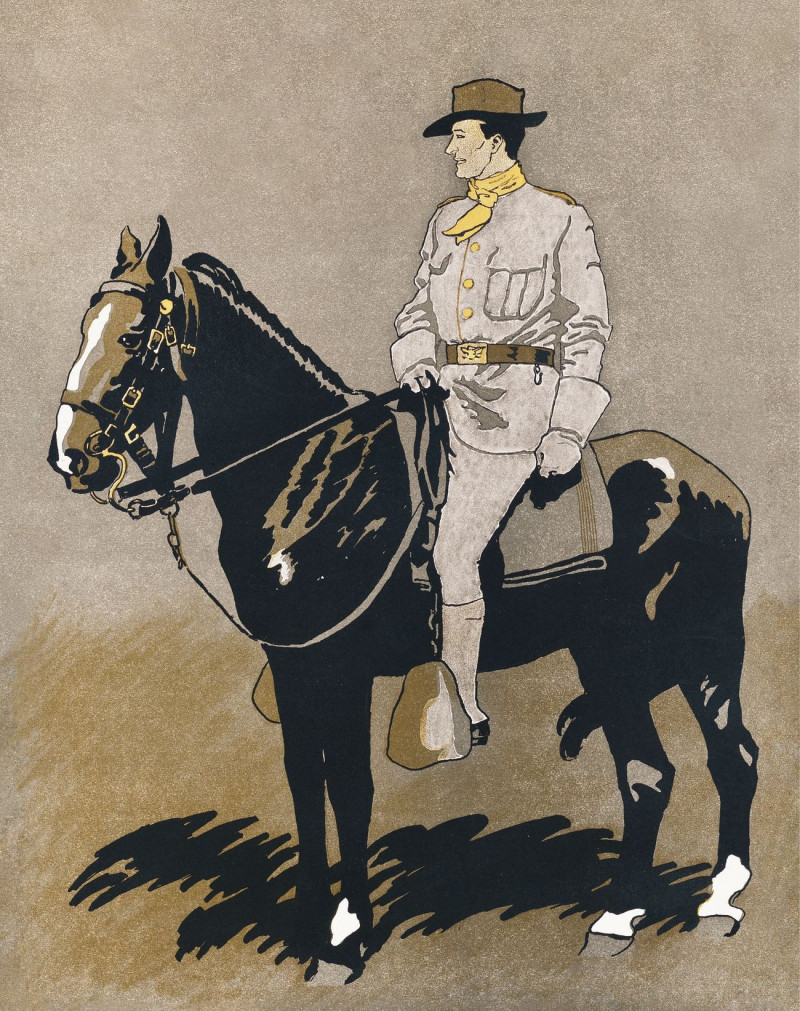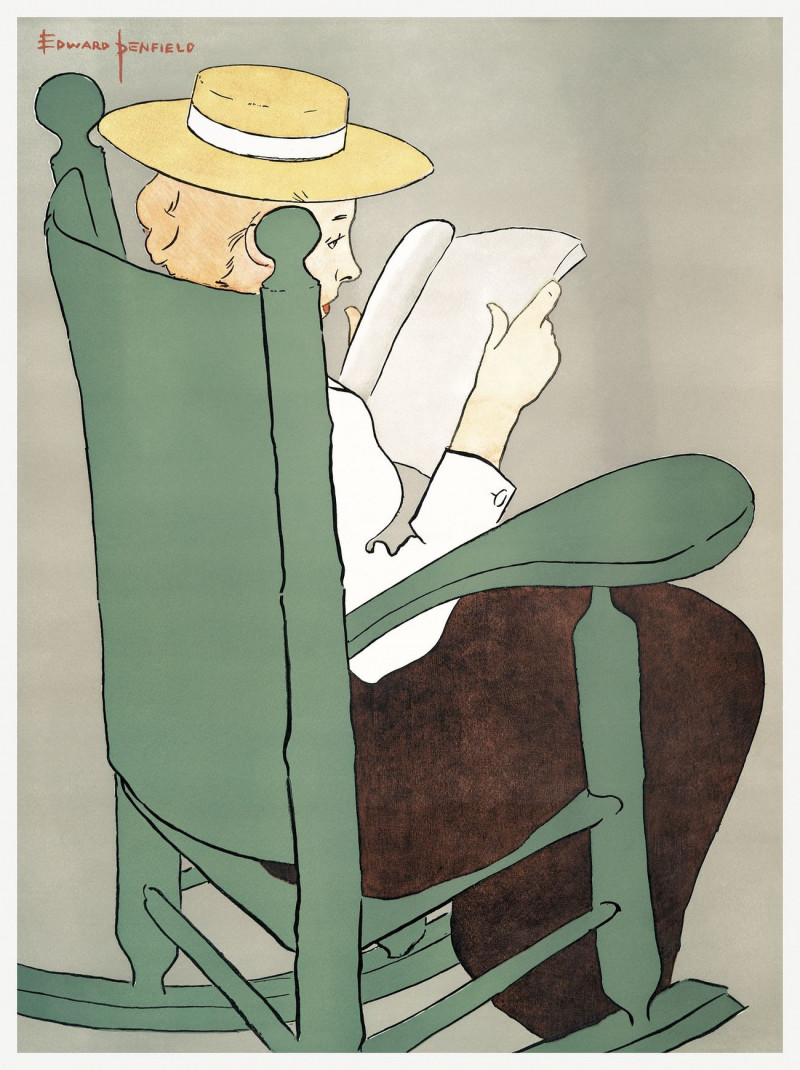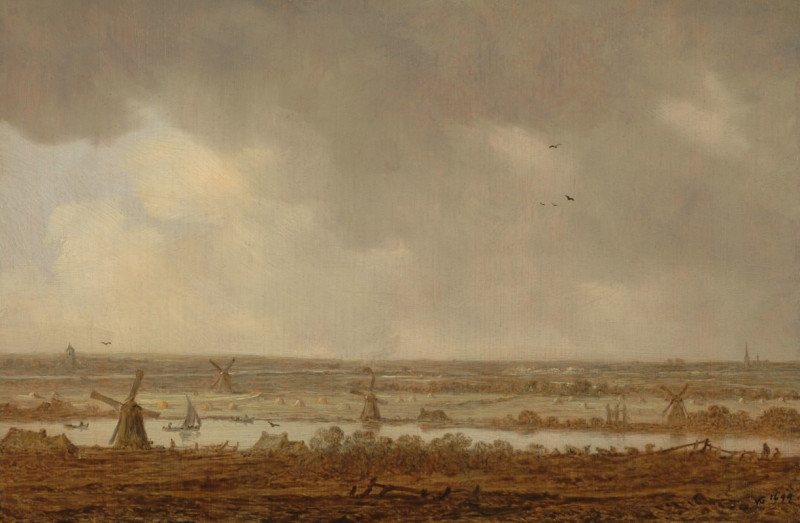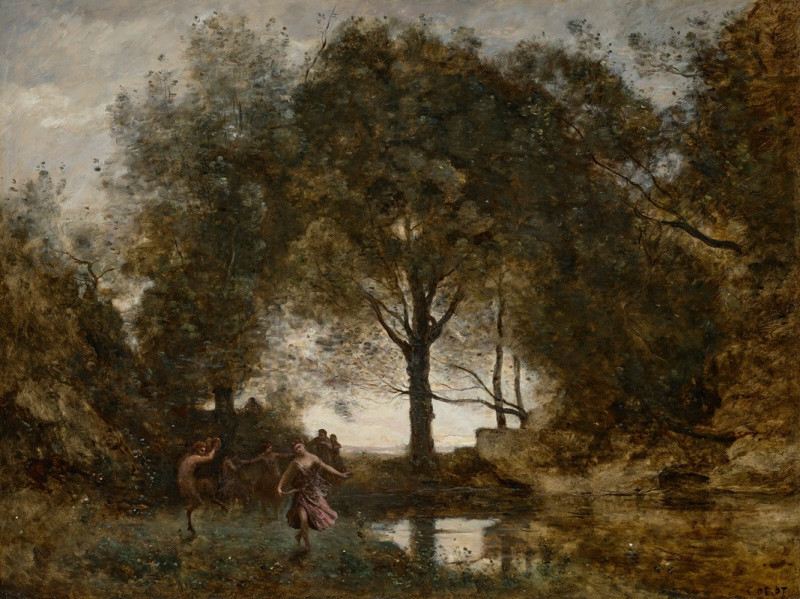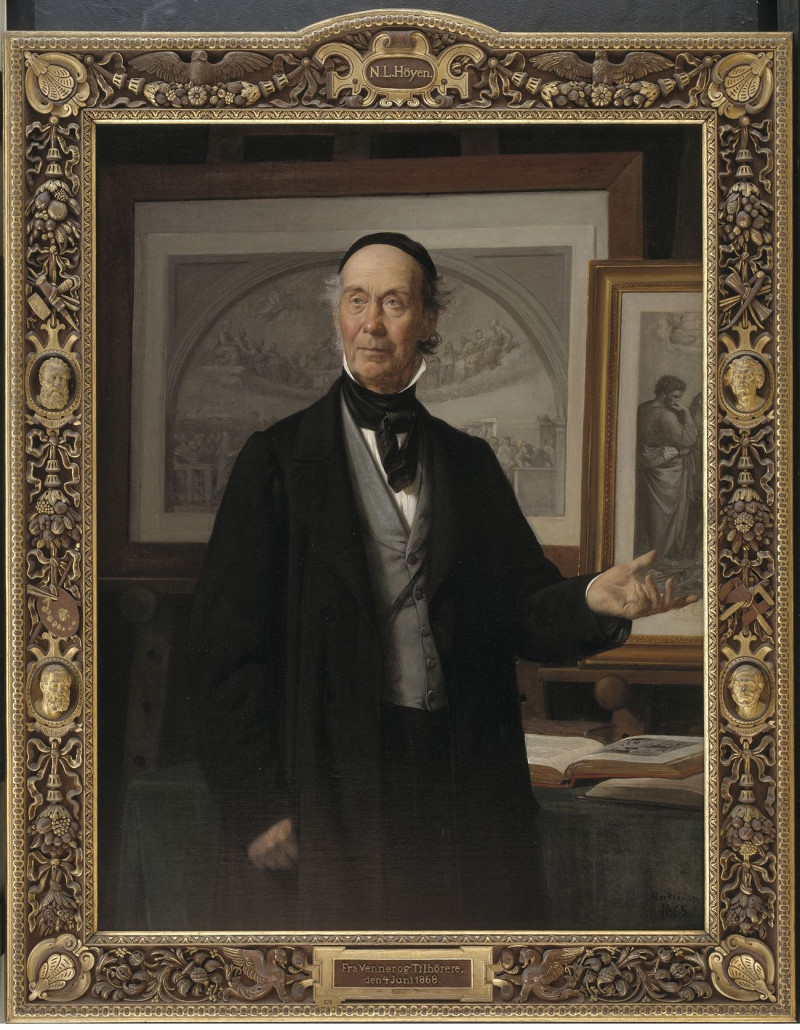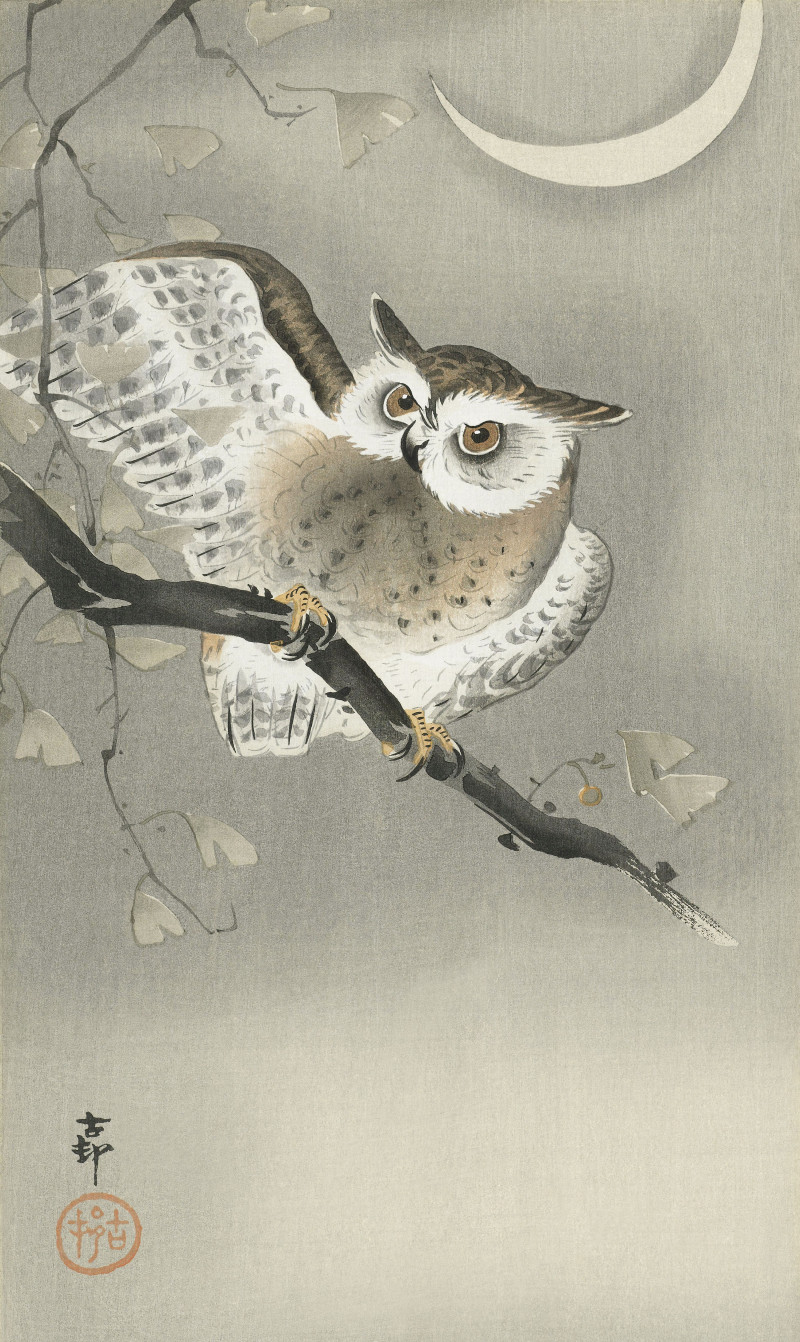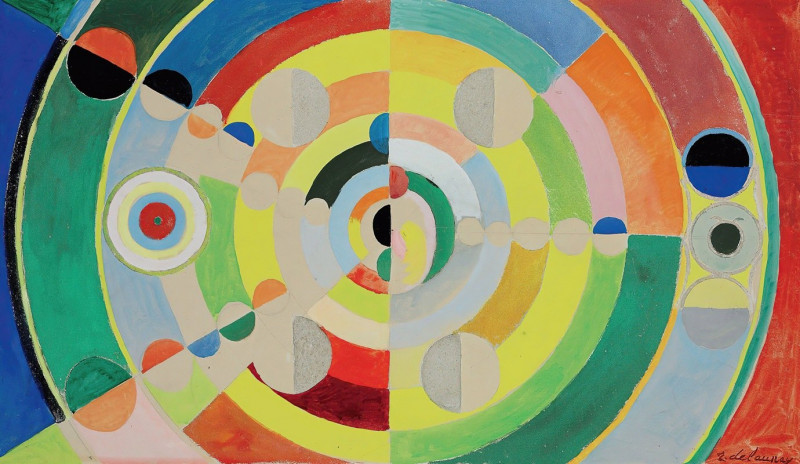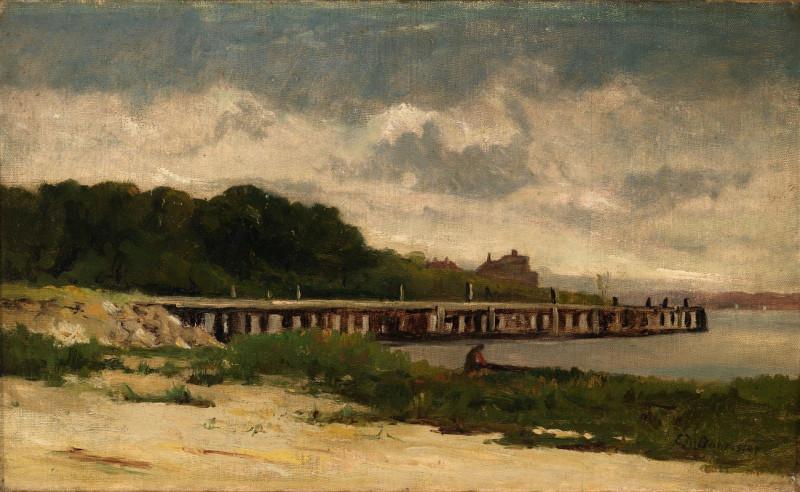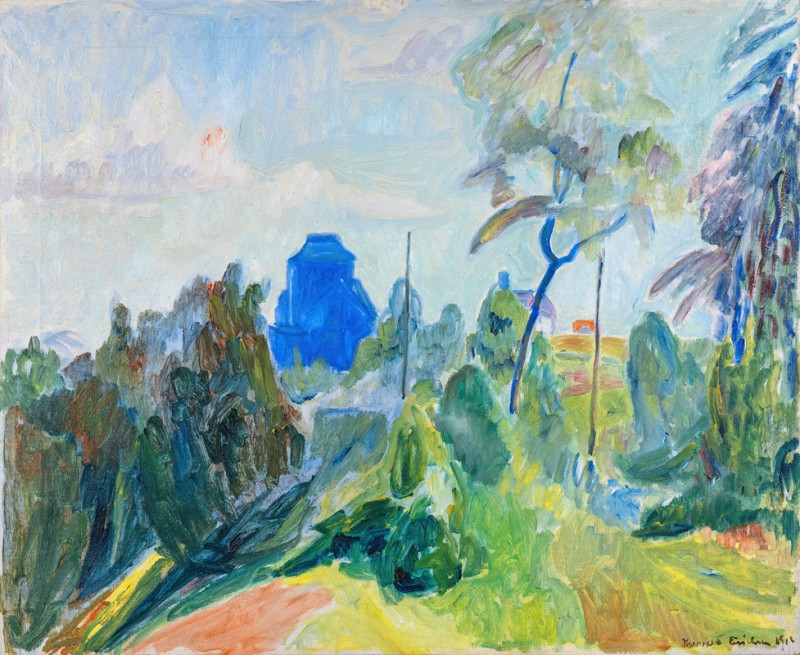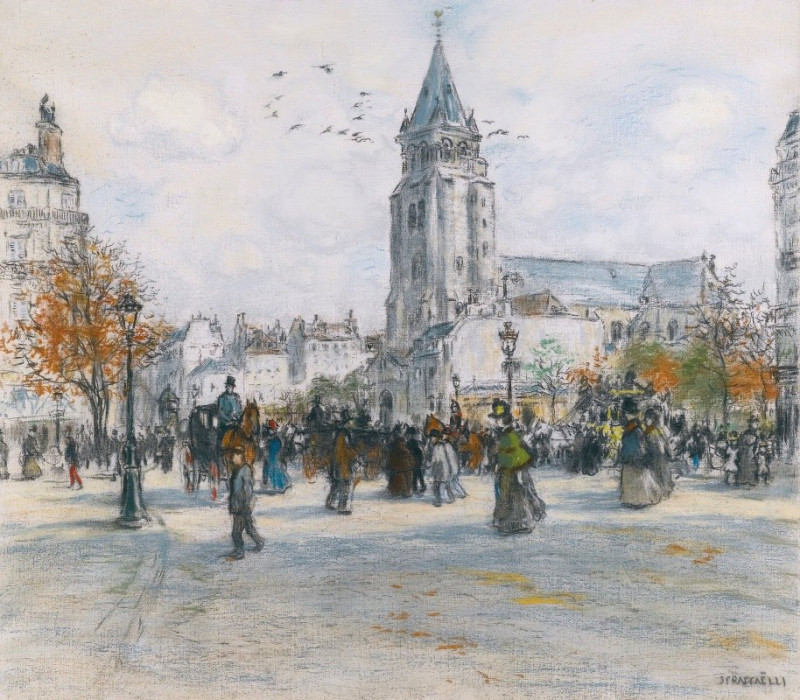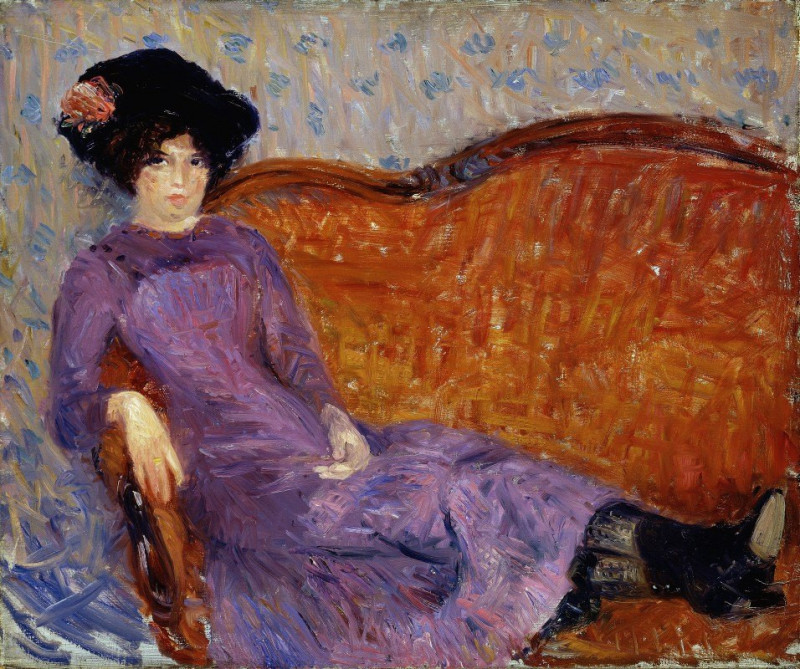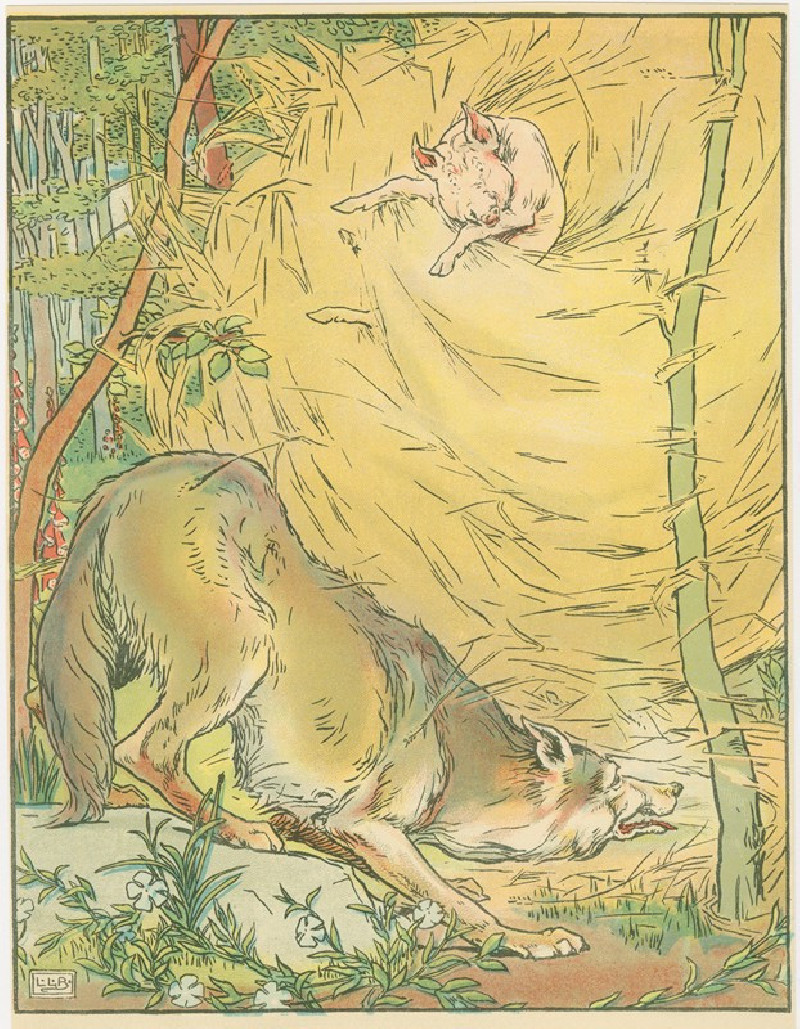Merry Xmas
Technique: Giclée quality print
Recommended by our customers
More about this artwork
This artwork by Edward Penfield, titled "Merry Xmas 1921," features a striking illustration of a large striped cat, which appears to be a stylized representation of a tiger. The tiger is depicted lying down with its body extended across a dark background, creating a strong visual contrast. Its head is turned slightly toward the viewer, giving it a serene yet alert expression. The tiger's fur is detailed with various shades of yellow and orange, enhanced with bold, dark striping.The image itself is bordered by a clean white and black frame—an aesthetic typical of Penfield's work, often utilized to emphasize the subject matter. Below the image, the greeting "MERRY XMAS 1921" is prominently displayed in large, green block letters, anchoring the artwork with a festive message. Additionally, Penfield's name and location, "EDWARD PENFIELD PELHAM MANOR N.Y.," are included within the artwork, adding a personal touch and marking the piece as his own creation.Overall, the painting captures a moment of quiet majesty, combining wildlife art with holiday greeting in a manner that is both unique and visually appealing.
Delivery
Returns
Edward Penfield (1866-1925) was an influential American poster artist, considered as the father of the American poster movement. He was employed as an art editor for Harper’s Weekly, Monthly, and Harper’s Bazaar, where he made posters advertising each issue of the magazine for over seven years. His art was avant-garde with less concern for the dramatic curving lines of Art Nouveau, inspired by Japanese ukiyo-e block prints, figure drawings by Henri de Toulouse-Lautrec, color lithographies by Jules Chéret, and other contemporary artists. He created simplified scenes of daily life in saturated colors, including horses, cats, sports, and women’s fashion.




